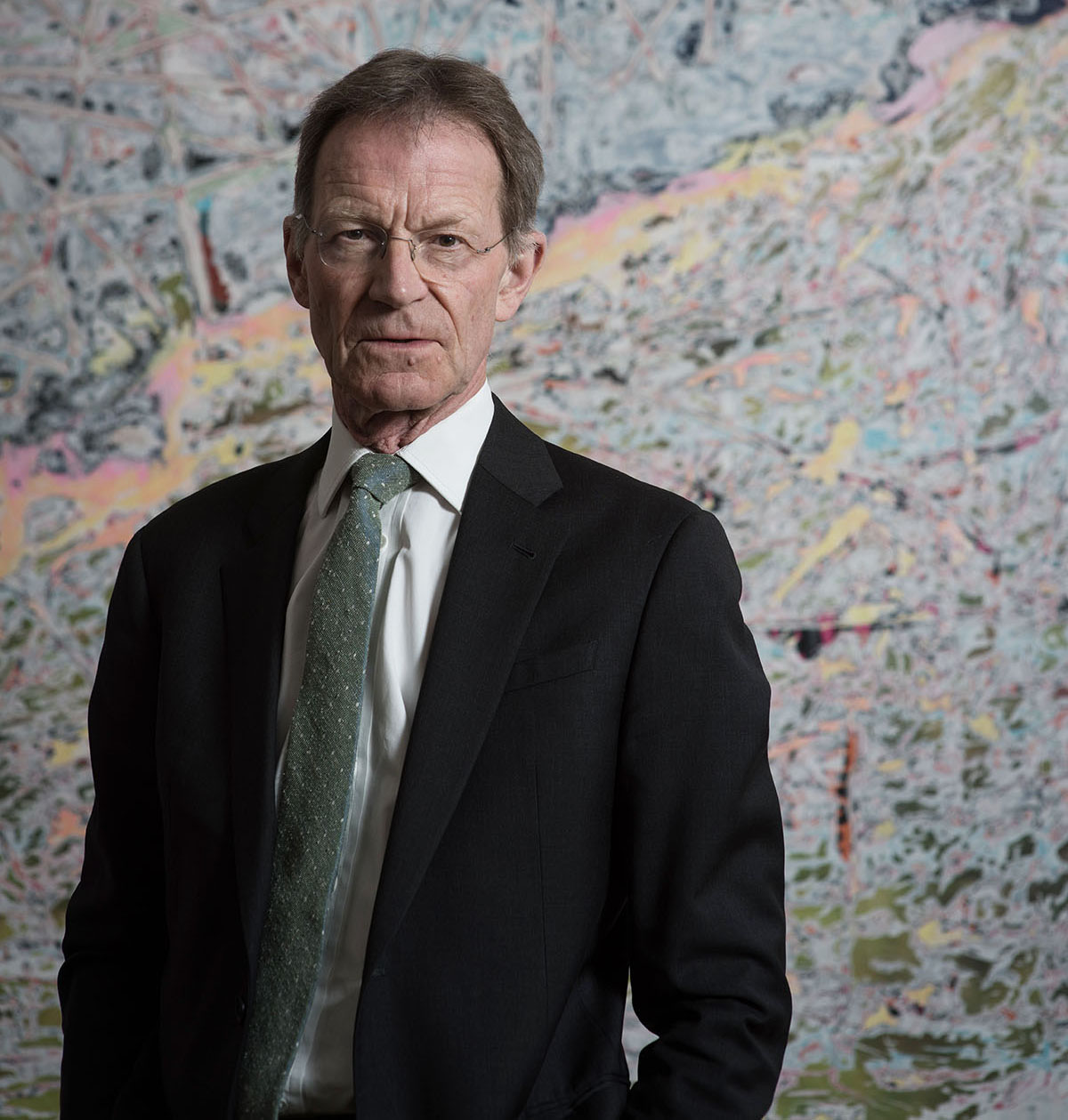Submitted by WA Contents
Nicholas Serota steps down as director of Tate
United Kingdom Architecture News - Sep 09, 2016 - 16:45 13434 views

After 28 years of leadership, Tate's visionary Director, Nicolas Serota, is to step down from the role. He will be leaving later in 2017 to take on his new appointment as Chairman of Arts Council England. According to Tate press release, the process of finding a new director will begin immediately and is being guided by a specially appointed committee of trustees and external advisers including senior artists.
''We have been privileged to have in Nicholas Serota one of the world’s greatest museum directors and a leader for the visual arts on a global stage. Under his leadership Tate has become a preeminent cultural organisation nationally and internationally and one of the most visited in the world. He has championed British art and artists throughout the world while at the same time ensuring that Tate has become a much loved, open and accessible institution for the public. He leaves Tate in a strong position on which to build for the future. We wish him well as he takes on new responsibilities which will be for the benefit of all the arts,'' said Tate’s Chairman, Lord Browne.
Nicholas Serota is a champion of visual arts throughout the UK and abroad. During his 28 years at Tate, he has helped to make Tate an organisation respected throughout the world. It was his vision that led to the creation of Tate Modern and its Switch House extension by Herzog&De Meuron and the redefinition of the original gallery at Millbank as Tate Britain.
He led the creation of Tate St Ives and has also sought to strengthen the role of Tate as a national institution through the further development of Tate Liverpool in taking a leading part in the celebration of the city as European City of Culture in 2008 and by establishing partnerships with galleries across the country through the Plus Tate programme.
During his term the range of Tate’s collection has broadened to include photography and the geographical reach has been extended across the world, taking a more global view. The collection has also been strengthened by major acquisitions of historic British art, including Wright of Derby’s An Iron Forge 1772, Reynolds’s The Archers 1769, Turner’s Blue Rigi 1842 and Constable’s Salisbury Cathedral from the Meadows 1831. Additions to the modern collection have included major works by Bacon, Beuys, Bourgeois, Brancusi, Duchamp, Horn, Mondrian, Richter and Twombly, amongst many others.
The contemporary collection has been developed into one of the strongest in the world. He was instrumental in helping to secure the Artist Rooms collection given to Tate and the National Galleries of Scotland by Anthony d’Offay as a collection to be shown across the UK. In the past ten years, he has curated some of Tate’s most acclaimed and popular exhibitions including Donald Judd, Howard Hodgkin, Cy Twombly, Gerhard Richter and Henri Matisse: The Cut-Outs.
He will take up the part-time role of Chairman of the Arts Council on 1 February 2017 and will continue at Tate until later in the year.
Top image © Hugo Glendinning
> via Tate
